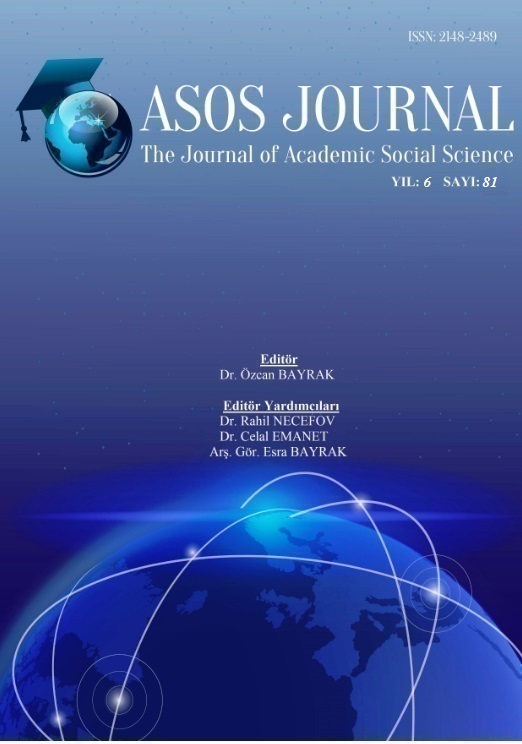EDİMBİLİMSEL YÖNTEMLERLE DİLSEL GERÇEKLİK ve DOĞRULUK ÇÖZÜMLEMESİ: ÇOCUK İSTİSMAR DURUŞMALARINDA YALAN TESPİTİ
Author :
Abstract
Amerika Birleşik Devletleri Sağlık ve İnsani Hizmetler Departmanı (USDHHS), 2008 yılında cinsel istismarı şu ifadelerle tanımlamıştır “Cinsel haz ya da ekonomik menfaat elde etmek için çocuğa temas etmeyi, söz veya eylem ile sarkıntılığı, reşit olmayan birey ile cinsel münasebette bulunmayı, çocuğu pornografik olarak görüntülemeyi, teşhiri, ensest ilişkiyi ve diğer cinsel olarak sömürücü davranışları içermektedir”. Cinsel istismar, kişinin yapmak istemediği bir duruma, yani istismarcının cinsel yönde beliren istek ve eğilimlerine maruz kalmak demektir. Kişinin suiistimal edilmesi, zorla alıkonulması bakımından da önemli bir suçtur. Çoğu zaman olayın sözel olarak yeniden kurgulanması gerektiğinden, hâkimler çoğu zaman sanık ile mağdurun ifadesi üzerinden olay hakkında bir karar çıkartmaları gerekir, yani bazen tanık yokluğundan herhangi bir tanığın ifadesine başvurmaksızın bir karar almak durumundalar. Dolayısıyla, gerçekdışı beyanların edimbilimsel yöntemlerle saptanabilirliğini sorgulamamıza neden olmaktadır. Yapılan çalışmanın amacı, üç farklı cinsel istismar duruşmasına ait ilgili ceza avukatı tarafından temin edilen sanık, tanık ve mağdur ifadeleri üzerinden, Grice kuralları göz önünde bulundurularak nitelik, nicelik, bağıntı ve tutum yönünden inceleme yoluyla, dilsel gerçeklik ve doğruluk, yani yalan tespitinde bulunmaktır. Bu çalışmada sanık, tanık ve mağdurlar cinsel istismar olayı hakkında mahkemede hâkim karşısında ifade vermiş ve ifadeleri yazıya dönüştürülmüştür. Yapılan inceleme, kişilerin ifadelerinde Grice kurallarını zaman zaman ihlal ettiklerini göstermekte ve bu yöntemin dilsel gerçeklik ve doğruluk çözümlemelerinde, diğer bir deyişle yalan tespitinde, kullanılabileceğine işaret etmektedir.
Keywords
Abstract
In 2008, the US Department of Health and Human Services (USDHHS) defined sexual abuse as “Contacting with the purpose of having sexual pleasure or economic benefit, molesting verbally or actually, having sexual intercourse with an under-aged person, screening the child pornographically, exposure, incest relationship and some other sexually expletive treatments”. Sexual abuse means to be exposed to an undesired behaviour, sexual claims and propensities by the abuser. It is accepted as a major offense, as it involves abuse and forced detention of a person. Since it involves mainly the oral re-enactment of an abusive incident in front of a court, a lot of the time judges and jury members are confronted with only the suspect’s vs. victim’s statements, that is, sometimes they are confined to make decisions without the presence of any witness statements. This immediately raises the question as to whether it is possible to detect falsified statements based on pragmatic methods. This study therefore aims to analyse sexual abuse statements recorded in court hearings, as provided by a solicitor. For this purpose, statements of each interrogated individual were transcribed and analysed manually based on Gricean Maxims, i.e. in terms of maxim of quality, maxim of quantity, maxim of relevance, and maxim of manner. Results of the analyses revealed that each individual violated one or the other Gricean Maxims at some stage in their statements. This demonstrates that pragmatically Gricean Maxims can indeed serve veracity in language, ie. lie detection, and in revealing falsified statements.





